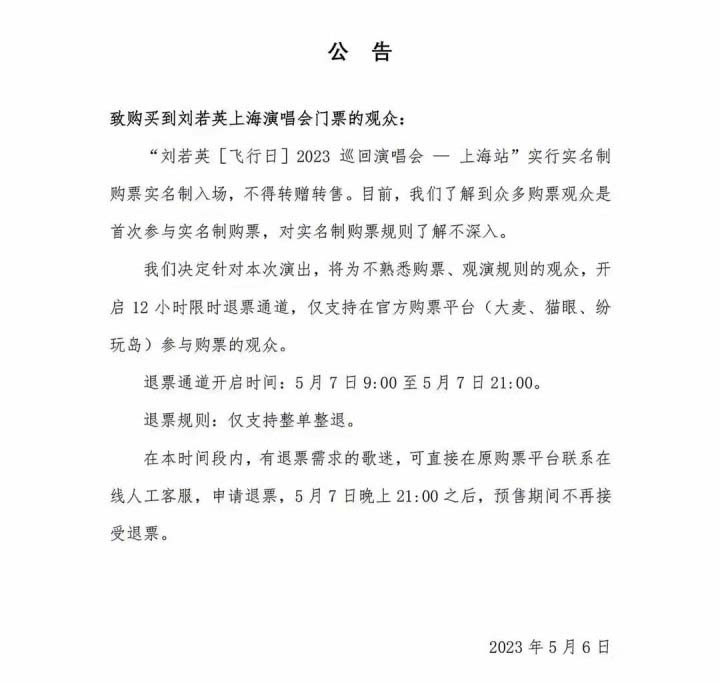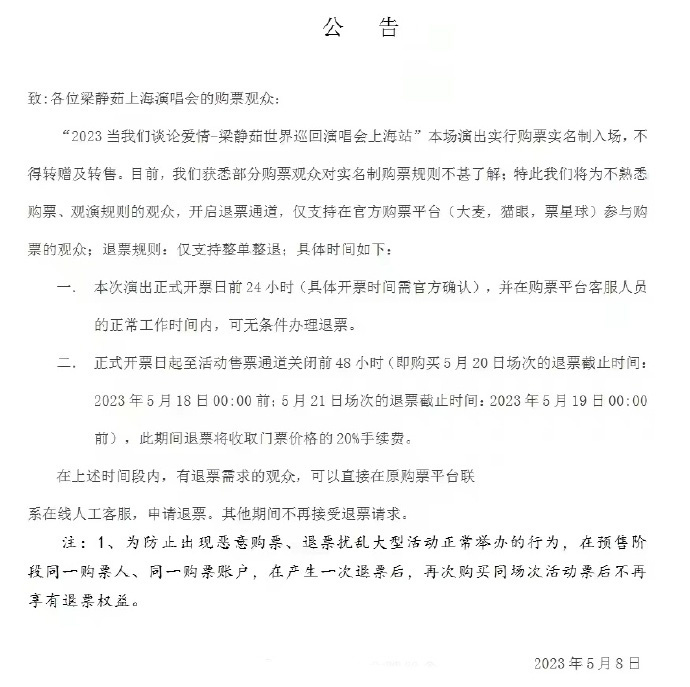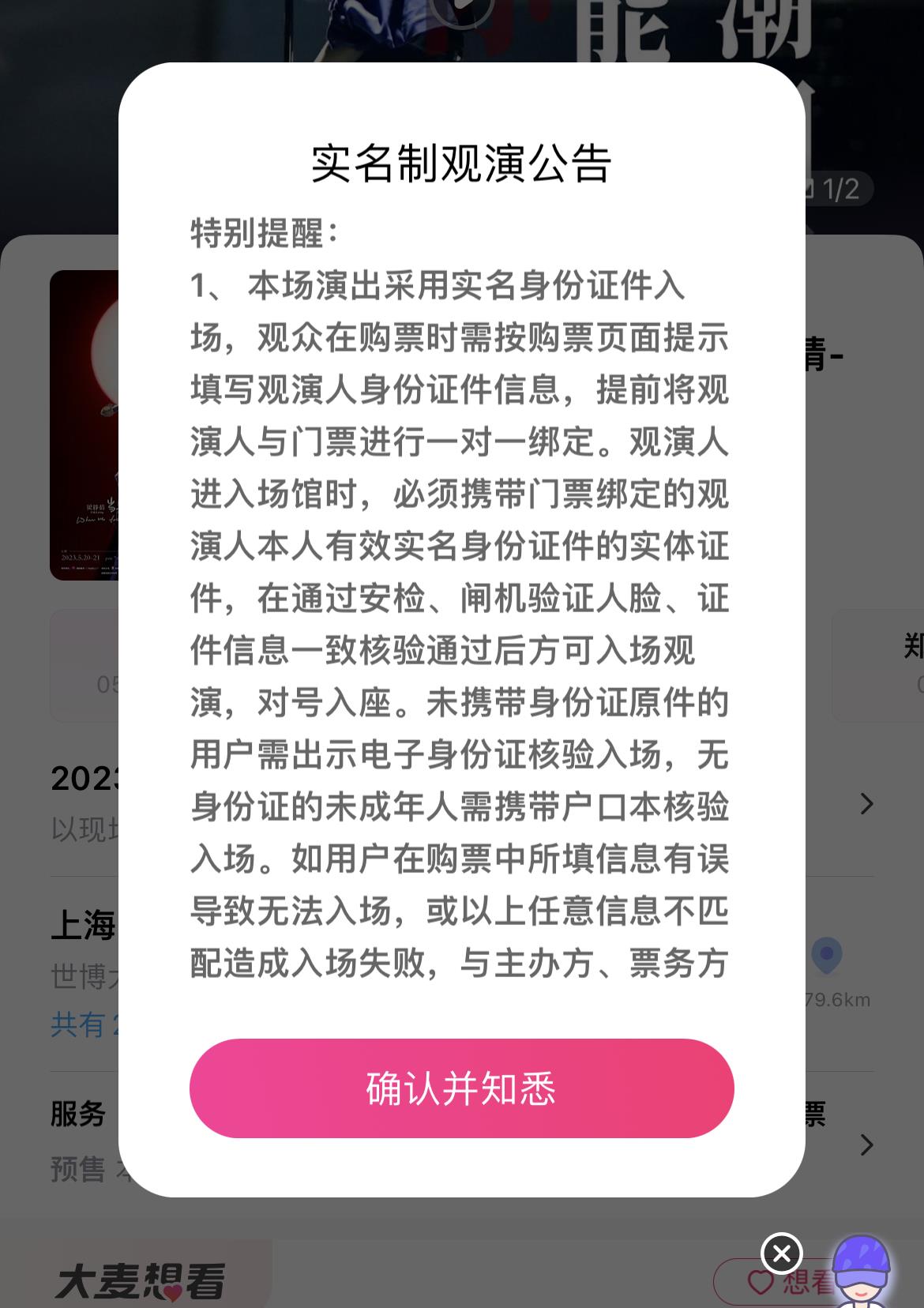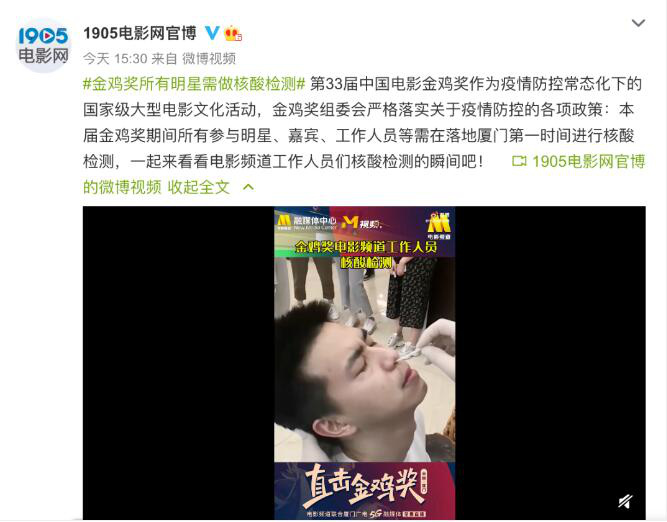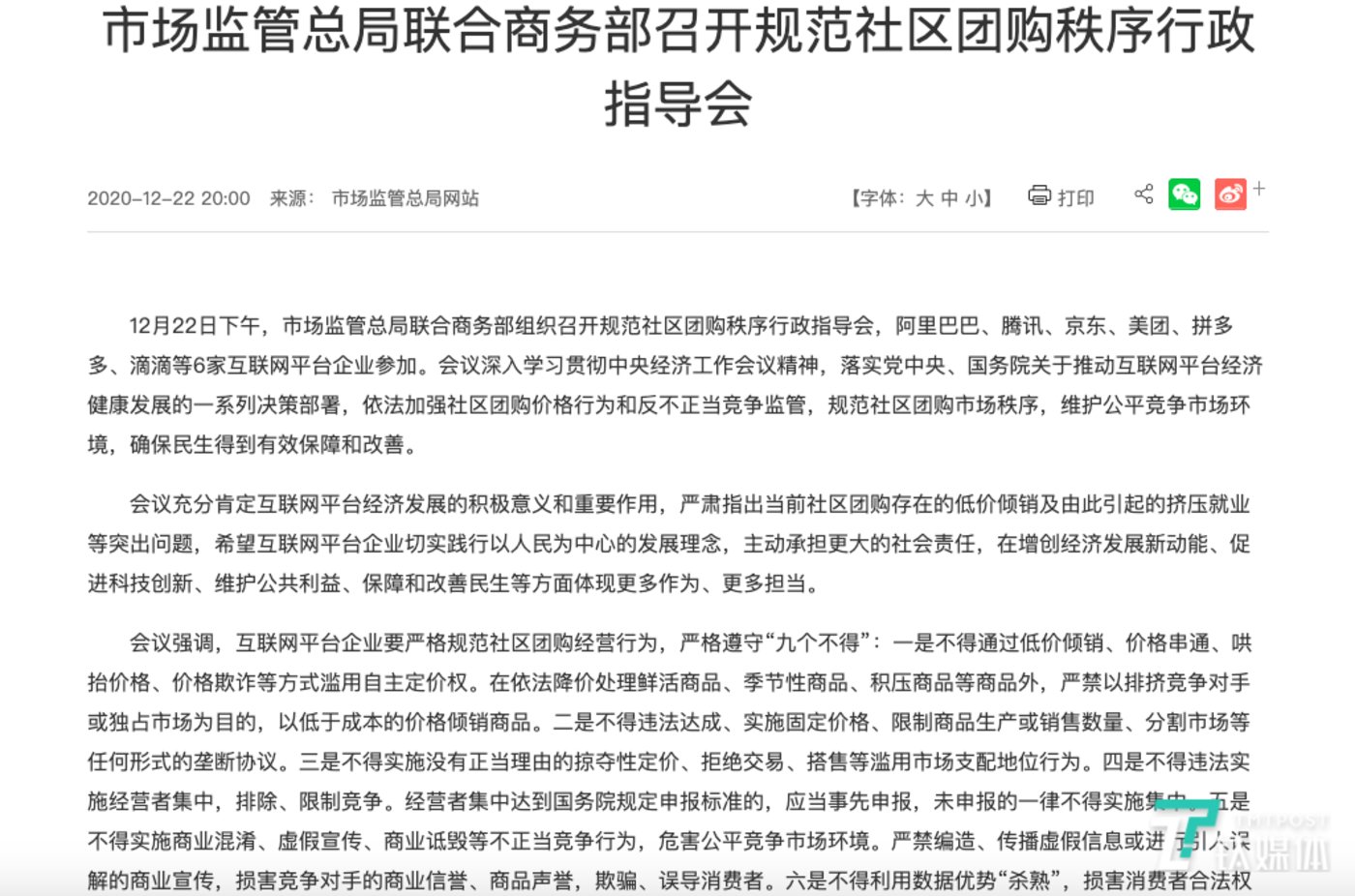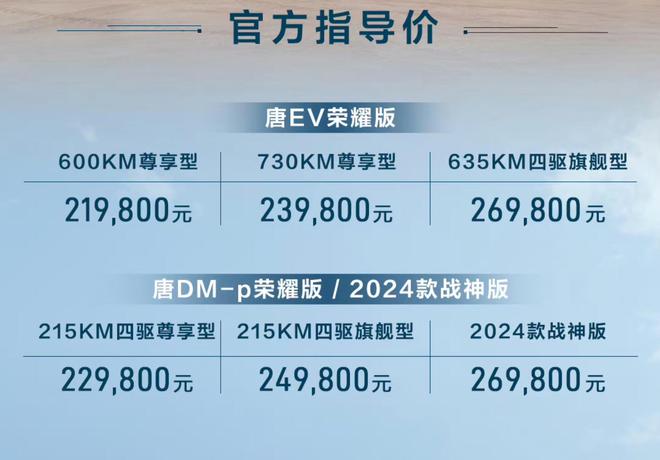


1
Does Bong Joon-ho sympathize with the poor? Just after watching the movie, I felt that this question was superfluous: How obvious is it? In order to describe the confrontation between the rich and the poor, he almost portrayed the rich family as mentally retarded. However, looking at his feelings, he has no intention of pleasing any class at all, and he has ruthlessly mocked both the poor and the rich.
The first half of "Parasite" is more like a farce in which "the nobles are the stupidest and the lowly the wisest". The poor family cleverly invades the rich families step by step. They lie without drafting, and they don’t blush when they fake. Their wit is almost shameless, and their intelligence is almost despicable.
When the owner was out, the family sat around the luxurious living room, eating, drinking, and laughing. Speaking of the rich family who had been blinded by them, his father suddenly sighed that the owner of the mansion was "rich and kind," and his wife immediately corrected, "It’s not that you are rich and kind, but that you are rich to be kind," and then she threw out the most widely circulated golden sentence in "Parasite": "If I were rich, I would be so kind."
- Mr. Qian Zhongshu said: "Shame is not cheap, and many people cannot afford to maintain it."
The father suddenly remembered the driver Yin who was squeezed away by his daughter. Did he find a new job? Please observe the micro-expressions of the family of four at this moment carefully. Although each person gave a reason to make themselves feel at ease, there was still a shadow on their faces – it was a fleeting uneasiness, which could explain why they let in the former housekeeper who knocked on the door on a rainy night, thus triggering a series of uncontrollable situations. The one in the semi-basement and the other on the lower floor revealed the cruelty and ugliness of the "mutual harm at the bottom" in such a way that it was unbearable to look directly at it.
The few minutes from 1 hour and 30 minutes to flee in a hurry were really shocking. People go down, down, water flows down, down. The cunning and "survival wisdom" that had just been carried away back to its original form here, showing its pathetic and helpless nature.
President Park’s family is not rich and unkind, and the "subjective malice" of the president and his wife is negligible. So, why did the movie arrange the fate of the family who didn’t lose money during the festival?
I think this is the "middle-class warning" issued by Bong Jun-ho, a director with a background in sociology at Yonsei University, to the insensitive vested interests: no matter how smart your nose is, if you enjoy wealth and have no awareness of the reality of injustice, the lingering "smell of the poor" will sooner or later condense into a kind of hostility that comes and goes without a trace, and then becomes an indiscriminate killing gas.
No matter how high they climbed, the rich and the poor could never be completely isolated. Everyone depended on each other and shared the same ecosystem. You were on the ground and they were underground, and the peaceful symbiosis that was only a board apart was extremely fragile.
Film, as a medium, has become a tool for some Korean filmmakers to express their attitudes and social criticism. They often remind me of Han Yu, the literary leader of "The Decline of the Eight Generations of Wen" more than a thousand years ago, who argued that the literature should carry the truth. These filmmakers use film to practice "articles written in conjunction with the times, songs and poems written together for the cause", and some films even directly lead to the implementation of a new law and the retrial of an old case. This has become a unique cinematic landscape in the world. Of course, sometimes too much force can "harm the text with righteousness" and damage the artistry of the work (the acclaimed "Taxi Driver" and "The Defender" actually have this problem), but the artist’s civic spirit is still amazing.
In the grandiose and rich tone of "Parasite", life is real beyond the details, showing Bong Junhao’s ambition to try to describe a kind of universal picture. Some people call it "allegorical", some people call it "theme first". It is the most criticized and the most praised reason.
2
In Cannes, "Parasite" has been repeatedly compared to another South Korean film from last year, "Burning," directed by Lee Jang-dong, another famous South Korean film director and a former minister of culture and tourism, but unfortunately passed by Palme d’Or. It is only natural to compare the two films, which are equally political and show the contradiction between the rich and the poor.
From the style of the film, Bong Jun-hao’s "Parasite" is full of strong and dense paintings, while Li Cangdong’s "Burning" has more white space and aftertaste, and Huanfei Yan Thin is the national color.
After many years, Ji Yu became a rich man and bought the luxury mansion designed by Nangong Xianzi. After picking up his mother, his father finally walked from the basement to the ground, and the family of three who survived the disaster finally embraced each other on the grass.
So, has Ji Yu really achieved a counterattack in life? When the camera turns, he is still in the semi-basement, and the above happy scene is purely lustful.
This is the end of "Parasite."
In winter, dusk, and the countryside, Zhong Xiu walked towards Ben, stabbed Ben with a dagger, and then set Ben, his car, and his blood-stained clothes on fire. In the flames, the naked Zhong Xiu staggered back to his car with chills and fled the scene in a trance.
So, did Zhong Xiu really kill Ben and avenge the girl he loved, Emi?
Please look back at the previous shot, oh, this is actually the "novelist’s words" of Zhong Xiu, who is still trapped in the house. The above shocking scene is purely lustful.
This is the end of "Burning."
"Burning" also has a rain, but it is announced in the mouth of the "Great Gatsby".
The empty rich man would regularly burn some plastic sheds that he thought were useless as a game. Who could judge that a plastic shed was useless and deserved to be burned? He recounted his logic: he randomly chose plastic sheds to burn, just like a rain falling on a river overflowing, some people are washed away by the flood, and the heavy rain does not feel it – he seems to be a god, and he regards his own destruction as a law of nature. There is a kind of detachment of "heaven and earth are not benevolent and all things are damned dogs". Lower-class girls who try to force their way into the upper circle are devoured, like swamps devouring prey, silently and unknowingly.
One is the destruction of the upper layer to the lower layer, and the other is the anti-killing of the lower layer to the upper layer. South Korea has fired two shock bombs in a row for two consecutive years, and the two big guides have issued a warning message again and again.
3
I still run in front of five barns every morning. None of the barns around my house have been burned, and I haven’t heard of any. Another December has turned around, winter birds have passed overhead, and my age continues to increase.
In the darkness of the night, I sometimes think about the barn that will be burned down.
Haruki Murakami, "Burning the Barn."
Li Cangdong’s Burning is adapted from Haruki Murakami’s short story Burning the Barn, which is Murakami’s tribute to Faulkner’s short story Burning the Horse Barn.
The essayist Murakami is the opposite of the novelist Murakami. Murakami’s prose always exudes a kind of "wilted humor" as Beijingers call it, with the affinity of a middle-aged uncle and the grumbling of a middle-aged uncle. Moreover, it can be seen that there are many "Internet trolls" in Japan, so when he complains in a fancy way, he always assumes that someone will jump out to refute, while he makes a defense for himself in advance, and his "desire to survive" is quite strong. But in the novel, his harmonious humility is completely missing, replaced by a kind of awe-inspiring "love to see, not to see".
Haruki Murakami’s best-known novel in China is "Norwegian Forest", so he is often mistaken for a petty bourgeoisie writer. Wrongful, Murakami’s creativity is strong, and in his fictional works sequence, "Nosen" is almost an accident. Novelist Murakami is a cosmopolitan, unlike the ambiguous Japanese national character, he has quite clear and unambiguous values. In "The Adventure of Sheep Hunting", in order to make the evil spirit who wants to control the country no longer exist in the world, the young "rat" does not hesitate to "promise" to become the host of the evil spirit, and then resolutely kills himself, realizing "I and you die together". And before death, he also sets up a clever situation to clear the ambition who tries to control the world.
The determination of the "sheep seeker", the tenacity of the fifteen-year-old Kafka, the man at the bottom of the well who kills shameless politicians in his dreams… Anti-violence, anti-deception, anti-aggression, anti-tyranny, and anti-bullying are recurring themes in Murakami’s novels.
When Haruki Murakami received his award in Jerusalem, he made his famous speech, "Between the tall and strong wall and the egg, I will always choose to stand on the side of the egg." After learning that his father had been a Japanese invader in China, he and his wife agreed not to have children – in this way, he cut off the invader’s genes. Therefore, Murakami is not a petty writer. Or, that is just a corner of him, he is a peaceful shy introverted humorous self-disciplined industrious, angry youth. Never willing to live in the country, never willing to live in anger youth.
In this sense, what does the Nobel Prize mean to him?
A few years ago, the novel Crab Ship, written by the Japanese Communist writer Takayashi Kobayashi 90 years ago and depicting the brutal exploitation of workers, became popular again in Japan. Consider the Palme d’Or winners at the Cannes Film Festival in recent years, "I Am Black," "The Thieves," "Burning" (attempted), "Parasite"… There are always people who persistently tell drunk people that, look, there is a lot of injustice in this world, but you just can’t see it or pretend not to see it.
I thought this was "to conscience".

